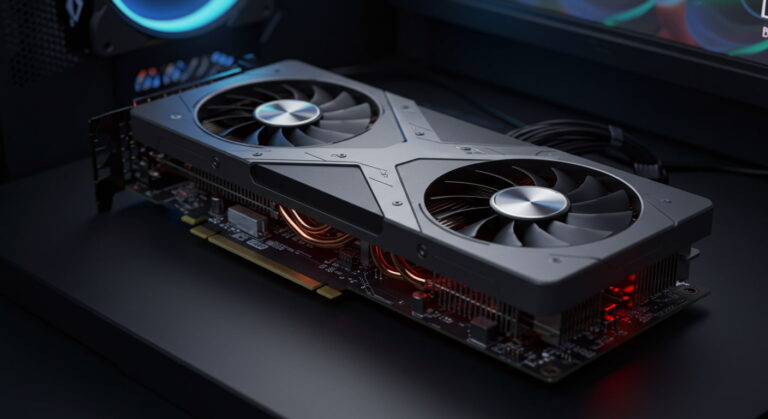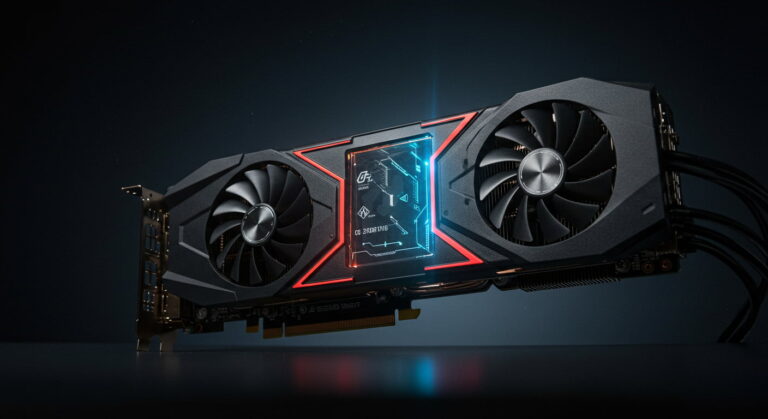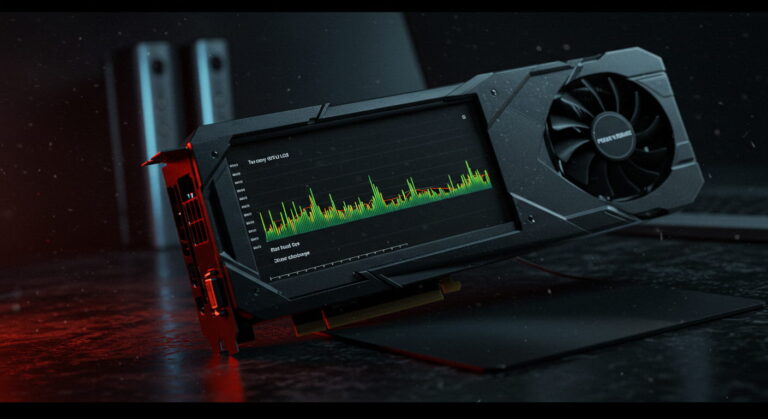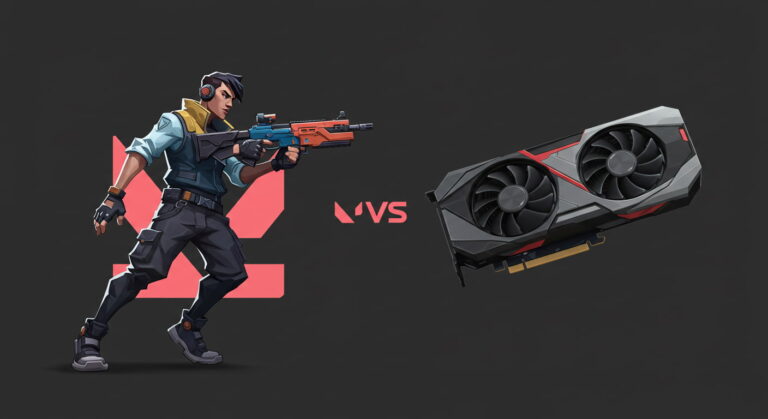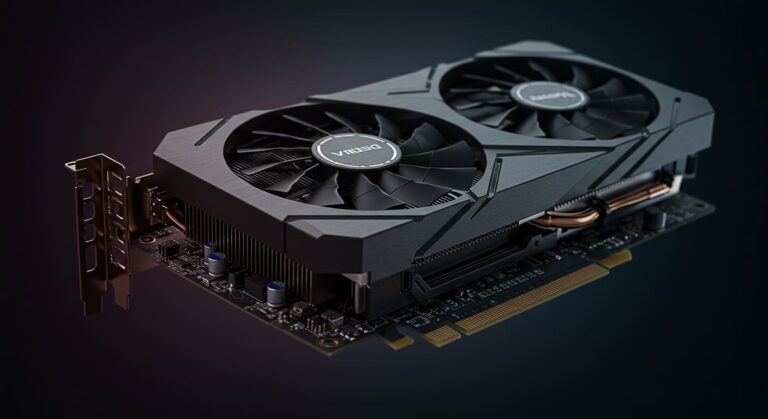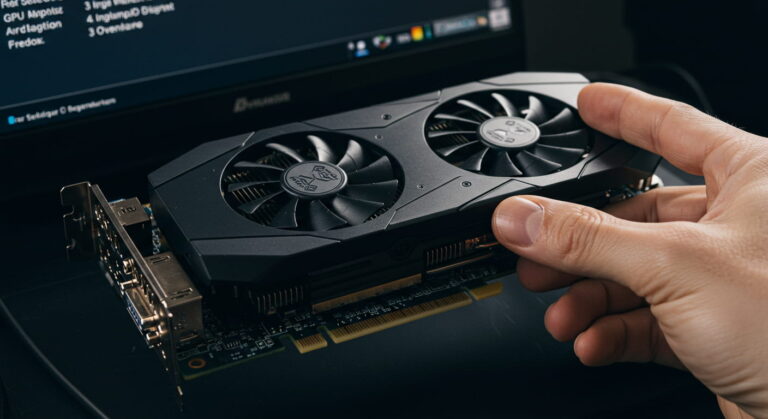amd gpu with intel cpu – Complete Compatibility & Performance Guide!
Building a PC is both an art and a science. Every component has to match in performance, compatibility, and efficiency to create a stable system. One of the most common questions people ask when assembling their own rig is: “Can I use an Intel CPU with an AMD GPU?” or “Will I face performance or compatibility issues?”
In today’s market, the combination of amd gpu with intel cpu has become increasingly popular. Intel processors are well known for their strong single-core and multi-core performance, while AMD Radeon GPUs offer excellent value for money, strong graphical output, and more VRAM compared to similar Nvidia cards in the same price segment. Together, they make for a balanced and powerful PC build that is both cost-efficient and performance-driven.
This guide explores the details of amd gpu with intel cpu, addressing concerns about compatibility, performance in gaming and productivity, pros and cons, and how this combination compares with alternatives.
Compatibility Questions (User Concerns)
How Bad is Using an Intel CPU with an AMD GPU?
There’s nothing bad about pairing an Intel CPU with an AMD GPU. Some people worry that mixing brands may cause issues, but in reality, PCIe slots are a universal standard, meaning all modern CPUs and GPUs are compatible with one another.
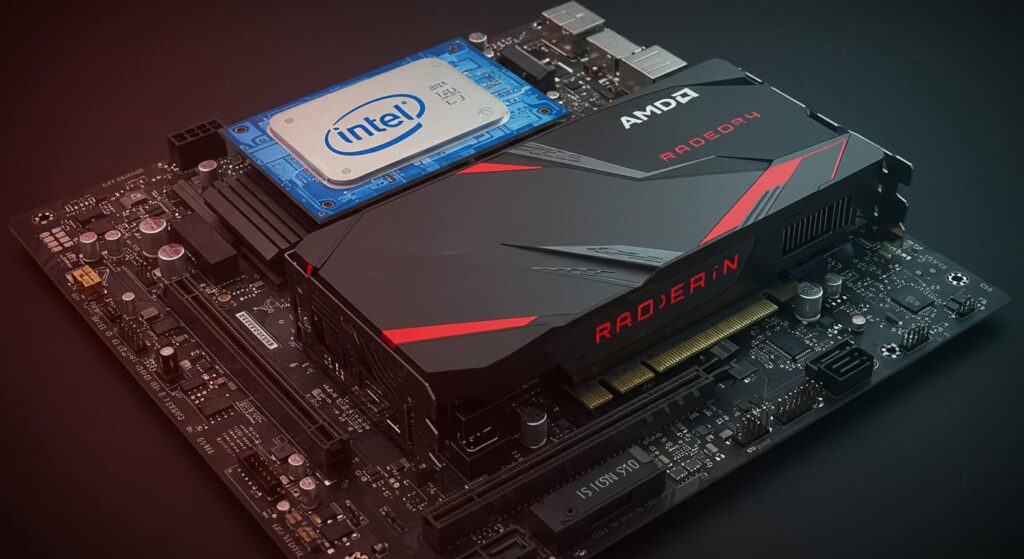
Performance issues only occur when the CPU is too weak for the GPU or vice versa, causing a bottleneck. For example, pairing a budget Intel Core i3 with a high-end AMD RX 7900 XTX will result in the CPU holding back GPU performance. As long as the CPU and GPU are matched in performance tier, this combo works perfectly.
Can an AMD GPU Go with an Intel CPU?
Yes, absolutely. AMD GPUs are designed to work with any modern CPU as long as the motherboard has the required PCIe slot. Once the GPU is physically installed, you simply need to download and install AMD’s Radeon drivers for your operating system. No special tweaks are required.
Is It Okay to Use an Intel CPU with AMD GPU?
Not only is it okay, it’s one of the smartest choices for budget-conscious gamers and creators. Intel CPUs deliver industry-leading processing speeds, and AMD GPUs provide high-performance graphics without breaking the bank. The combination is widely used in gaming PCs around the world.
Does AMD GPU Work Well with Intel CPU?
Yes, the performance is smooth and efficient. Intel CPUs often excel in single-core performance, which is vital for gaming, while AMD GPUs provide more VRAM at lower prices. Together, they provide a strong balance between gaming performance, video editing, streaming, and multitasking.
Can I Pair an Intel CPU with an AMD GPU on Reddit?
If you browse Reddit’s r/buildapc community, you’ll find countless users building Intel CPU + AMD GPU setups. Many share benchmark results, showing smooth performance in modern AAA games and creative workloads. The general consensus on Reddit is that this combination is reliable and offers great value.
Can AMD Graphics Cards Run on Intel CPUs?
Yes, seamlessly. Whether it’s an entry-level AMD Radeon RX 6600 or a flagship RX 7900 XTX, both will run perfectly with Intel CPUs. Compatibility is not brand-dependent but based on the universal PCIe interface.
Are AMD GPUs Plug and Play?
Yes, AMD GPUs are truly plug-and-play. Insert the GPU into the PCIe slot, connect the power cables, and install drivers. The system is ready to go without requiring BIOS changes or hardware modifications.
Also read: GPU Serial Number Lookup
Comparisons & Alternatives
Is It Okay to Have an AMD CPU and NVIDIA GPU?
Yes. Just like Intel CPUs work with AMD GPUs, AMD CPUs can also work with NVIDIA GPUs. Many people pair Ryzen processors with NVIDIA RTX GPUs to take advantage of CUDA acceleration, especially in workloads like 3D rendering or AI tasks.
Does AMD GPU and CPU Work Together?
Yes, and they have an extra benefit when used together. AMD introduced Smart Access Memory (SAM), which allows an AMD Ryzen CPU to access the full VRAM of an AMD GPU, delivering up to 5–15% performance improvements in some games. This feature isn’t available when using Intel CPUs with AMD GPUs.
AMD vs. Intel vs. NVIDIA: Processor & Graphics Comparison
- Intel CPU + AMD GPU → Balanced performance, cost-efficient, ideal for mid-range builds.
- AMD CPU + AMD GPU → Unlocks additional features like SAM, good synergy.
- Intel CPU + NVIDIA GPU → Excellent high-end performance, but usually more expensive.
Intel vs AMD vs NVIDIA Processors: Which is the Best CPU-GPU Combo?
There’s no one-size-fits-all answer. For Radeon, Intel CPU + NVIDIA GPU is often preferred. For maximum value, Intel CPU + AMD GPU is excellent. For AMD-exclusive features, AMD CPU + AMD GPU makes sense.
Which is Better, Radeon or Ryzen?
This is a trick question because Radeon and Ryzen belong to different product lines. Radeon is AMD’s GPU lineup, while Ryzen is AMD’s CPU lineup. You can’t directly compare them, but you can build great systems around either depending on your budget and goals.
Real-World Applications
Using AMD GPU with Intel CPU for Gaming
This combination is excellent for gaming. For example:
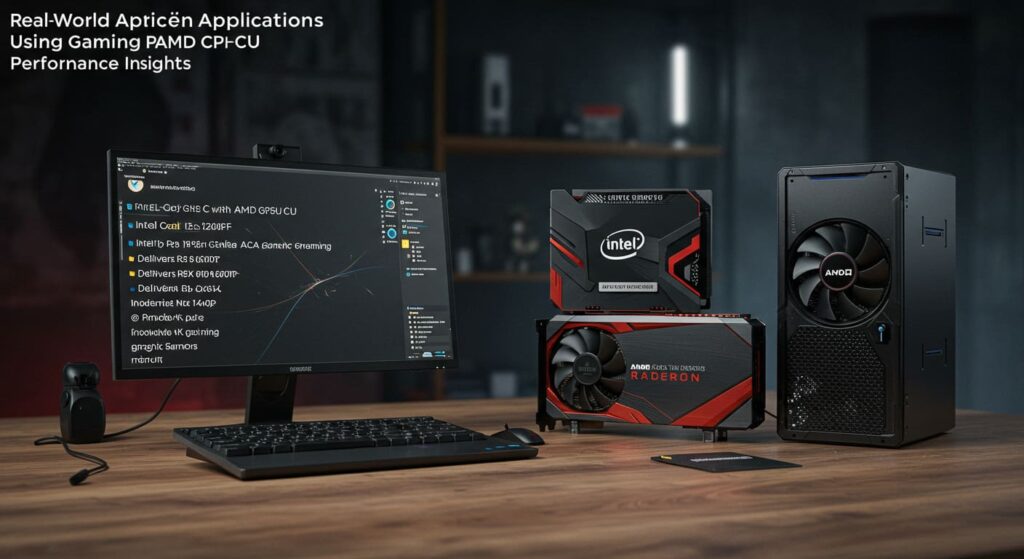
- Intel Core i5-12400F + AMD Radeon RX 6700 XT → Delivers 100+ FPS in most AAA games at 1440p.
- Intel Core i7-12700K + AMD Radeon RX 7900 XT → Provides smooth 4K gaming with ray tracing enabled.
AMD GPUs often come with higher VRAM, which is an advantage in modern titles that demand more graphical memory.
The Intel Gaming PC with AMD Graphics – Performance Insights
An Intel gaming PC with an AMD GPU offers an affordable way to experience high-end graphics. For streamers, AMD GPUs also come with efficient encoders that make simultaneous gameplay and streaming smoother.
Why Pairing an AMD GPU with an Intel CPU is a Smart Choice
- Balanced price-to-performance ratio.
- Broad compatibility with most motherboards.
- Stable driver support.
- Easier component availability.
This combination also makes sense for people who don’t want to spend a premium for NVIDIA but still want great gaming and content creation performance.
Will It Be a Good PC if I Pair Ryzen CPU with Intel?
No. Ryzen and Intel are both CPU lines, and you can’t pair two different CPUs in one system. You must choose either an Intel CPU or an AMD CPU. However, Ryzen CPUs paired with AMD GPUs unlock additional features like Smart Access Memory.
Also read: GPU Safe Temp
Technical & Enterprise Perspective
Intel & AMD Enterprise Chipset | Performing Tasks Together
In enterprise environments, such as AI workloads, rendering, and simulations, pairing Intel Xeon processors with AMD Radeon Pro GPUs is common. These combinations offer strong performance while reducing overall system costs compared to NVIDIA-based builds.
Can CPU and GPU Be Used Together Effectively?
Yes. The CPU handles general-purpose tasks like the operating system, input processing, and sequential workloads, while the GPU accelerates parallel tasks such as graphics rendering, 3D modeling, and AI computations. Together, they create a balanced system optimized for diverse tasks.
Pros and Cons
Benefits of Pairing AMD GPU with Intel CPU
- Wide motherboard compatibility.
- Cost-effective compared to Intel + NVIDIA builds.
- Balanced performance in gaming, editing, and streaming.
- Higher VRAM in AMD GPUs compared to equivalent Nvidia models.
- Regular driver updates and optimizations.
Possible Limitations or Drawbacks
- No access to AMD-exclusive features like SAM.
- NVIDIA still leads in ray tracing and AI-based features like DLSS.
- Occasional driver issues in specific games, though usually fixed with updates.
FAQs:
1. Can I use amd gpu with intel cpu for 4K gaming?
Yes, with a high-end AMD GPU such as the RX 7900 XT and a strong Intel CPU like the Core i7 or i9, 4K gaming is very achievable.
2. Do I need special drivers for amd gpu with intel cpu?
No. You only need AMD Radeon drivers for the GPU. The CPU brand has no effect on GPU drivers.
3. Will amd gpu with intel cpu bottleneck performance?
Not if they are matched properly. For example, an Intel i5 paired with an AMD RX 6700 XT is balanced, but pairing an i3 with a 7900 XT will cause a bottleneck.
4. Is amd gpu with intel cpu good for streaming and video editing?
Yes, AMD GPUs include efficient encoders for video, and Intel CPUs excel at multitasking. Together, they provide a smooth experience for streamers and editors.
5. Is amd gpu with intel cpu more cost-effective than Nvidia GPU options?
In most cases, yes. AMD GPUs typically offer more VRAM and competitive performance at a lower price.
6. Does amd gpu with intel cpu support ray tracing?
Yes, AMD RX 6000 and RX 7000 GPUs support ray tracing, though NVIDIA’s RTX series is still slightly ahead in performance for ray-traced workloads.
7. Is amd gpu with intel cpu good for AI and machine learning tasks?
Yes, but NVIDIA remains dominant because of CUDA. AMD’s ROCm framework is improving and may become more competitive in the future.
8. How long will amd gpu with intel cpu stay future-proof?
Mid-range builds usually last 3–5 years, while high-end Intel + AMD GPU systems can remain relevant for 5–7 years.
9. Can I upgrade to amd gpu with intel cpu without reinstalling Windows?
Yes. Simply swap the GPU, install the new drivers, and you’re good to go. Reinstalling Windows isn’t necessary.
10. Which power supply is best for amd gpu with intel cpu build?
Choose a PSU based on the combined TDP of the CPU and GPU. For example, an i7 + RX 6800 setup requires at least a 650–750W PSU.
Conclusion:
The combination of amd gpu with intel cpu is one of the most practical and popular choices for PC builders today. It offers excellent performance across gaming, content creation, and multitasking while staying affordable compared to NVIDIA-based alternatives.
If you need AMD-exclusive features like Smart Access Memory, then pairing an AMD CPU with an AMD GPU is better. But if your priority is strong performance, cost efficiency, and flexibility, Intel CPU with AMD GPU is a smart, future-proof choice.
Related post:

